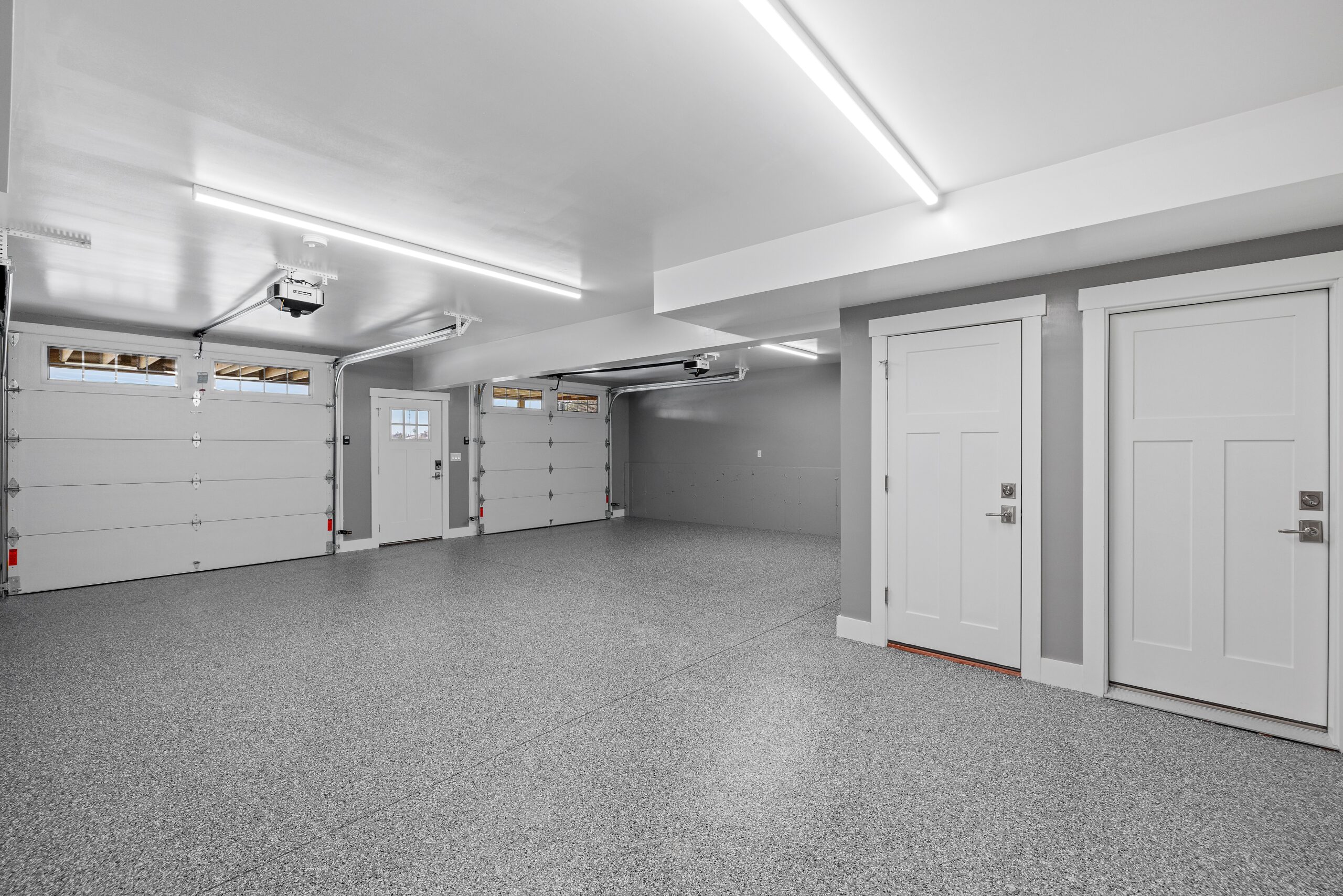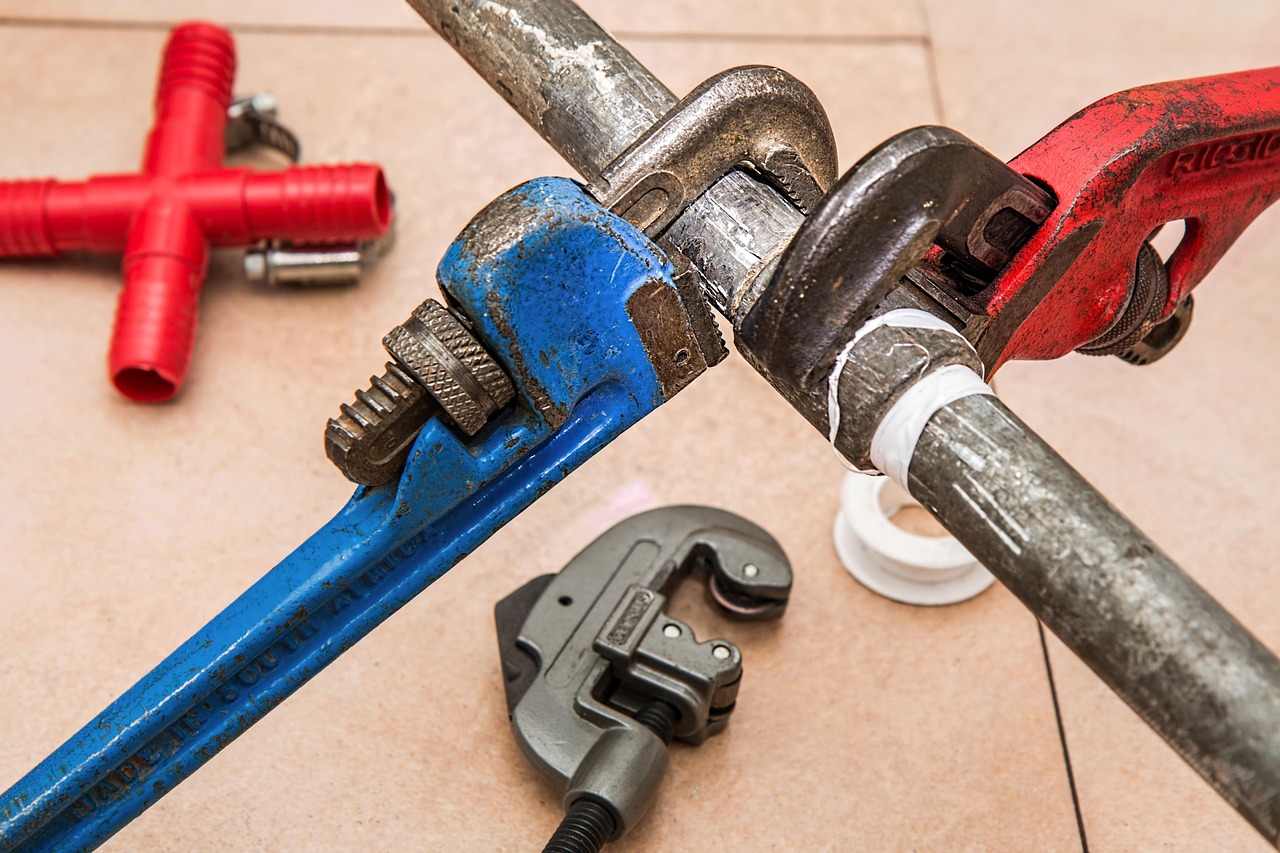When it comes to upgrading your garage floor, choosing the right coating can be a challenging decision. Two popular options dominate the market today: traditional epoxy garage floor coatings and newer polyaspartic systems. Both offer significant improvements over bare concrete, but they differ substantially in durability, application time, resistance to ultraviolet light, cost, and overall performance. This comprehensive comparison will help you understand the key differences between these durable garage flooring options and guide you toward making the best choice for your specific needs.
Understanding Epoxy Garage Floor Coatings
Epoxy has long been the standard choice for garage floor enhancements. It consists of a resin and hardener that, when mixed, create a chemical reaction forming a rigid plastic material with impressive bonding capabilities. Traditional epoxy coatings offer excellent adhesion to properly prepared concrete surfaces and provide a hard, durable finish that resists oil stains, chemicals, and abrasions.
The application process for epoxy requires thorough surface preparation, including cleaning, etching, and sometimes grinding the concrete to ensure proper adhesion. Most epoxy systems need multiple coats and extended curing times between applications. A complete epoxy installation typically takes 3-5 days, as each layer must dry thoroughly before the next is applied, and the final coat requires 5-7 days to fully cure before vehicles can be parked on the surface.
One significant drawback of standard epoxy is its poor UV resistance. When exposed to sunlight, epoxy tends to yellow over time, which can be problematic for garages with significant natural light. Additionally, epoxy applications are temperature-sensitive, requiring ideal conditions (typically 50-80°F) for proper curing, limiting when installations can occur in many climates.
Exploring Polyaspartic Coatings: The Modern Alternative
Polyaspartic coatings represent a newer technology in the best garage floor coating options. Developed as an aliphatic polyurea, polyaspartic offers several advantages over traditional epoxy systems. The most notable benefit is its rapid curing time – polyaspartic coatings can be applied and fully cured within a single day, allowing for faster return to service.
The accelerated installation is possible because polyaspartic coatings cure much faster than epoxy, with each coat typically drying in 1-2 hours. This rapid curing makes polyaspartic coating a preferred choice for busy homeowners who cannot vacate their garage for extended periods. Professional garage floor application teams can typically complete a polyaspartic project in just one day.
Beyond speed, polyaspartic coatings offer superior UV resistance, maintaining their clarity and color over time without the yellowing common to epoxy. They also demonstrate excellent chemical resistance and can withstand a wider temperature range during application (0-100°F), extending the installation season considerably. These factors contribute significantly to making polyaspartic coating a strong contender when evaluating durable garage flooring options.
Comparing Durability and Performance
When examining epoxy vs polyaspartic garage floor durability, both systems offer significant improvements over bare concrete, but with different performance profiles. Epoxy typically forms a hard, thick coating (around 3 millimeters) that provides good impact resistance but can be brittle and susceptible to chipping under heavy impacts.
Polyaspartic coatings, while usually thinner (about 1.5 millimeters), offer superior flexibility and tensile strength. This flexibility allows polyaspartic floors to better withstand impacts, temperature fluctuations, and concrete movement without cracking or delaminating. Additionally, polyaspartic coatings typically demonstrate four times the abrasion resistance of epoxy, making them more durable under heavy traffic and frequent use.
Hot tire pickup – where warm tires pull up floor coating – is a common issue with lower-quality epoxy systems but rarely occurs with properly installed polyaspartic coatings. For those seeking the most durable garage flooring, polyaspartic generally offers superior long-term performance, especially in harsh conditions.
Cost Considerations and Value Analysis
Cost often becomes a deciding factor when choosing between epoxy and polyaspartic garage floor coatings. Traditional epoxy systems typically cost $3-$7 per square foot installed, making them the more economical upfront option. The polyaspartic coating pros cons evaluation must consider its higher initial investment, with professional installations ranging from $7-$12 per square foot.
However, value assessment should extend beyond initial costs. Polyaspartic’s superior durability often translates to longer service life with less maintenance. Additionally, the faster installation reduces disruption to your daily routine, providing additional value for busy households. For professional guidance on choosing the best option for your specific needs and budget, connecting with experienced flooring specialists through AskHomey can provide personalized recommendations and accurate quotes.
Making Your Final Decision
The choice between epoxy and polyaspartic ultimately depends on your specific priorities. If budget constraints are paramount and you can accommodate a longer installation timeline, a high-quality epoxy system may be sufficient. For garages with significant natural light exposure, frequent temperature fluctuations, or where minimal downtime is essential, polyaspartic coatings typically represent the superior choice despite higher initial costs.
When considering professional garage floor application services, be sure to ask potential contractors about their experience with both systems, warranty offerings, and proper preparation techniques. The quality of installation significantly impacts the performance and longevity of either coating type, making professional application worthwhile for most homeowners seeking lasting results.
For more tips and to connect with reliable home service professionals, follow AskHomey on Facebook and Instagram.



